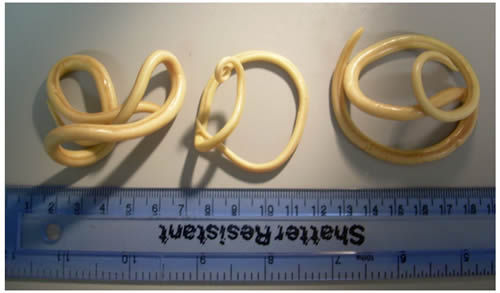Quadruple DNA seen for the first time in normal cell.
- SIGMABIOL

- Jul 21, 2020
- 1 min read
Four-stranded DNA has been seen before in some cancer cells and in lab-based chemistry experiments, but this is the first time the molecule has been visualized in healthy, living human cells, as a stable structure created by normal cellular processes.

The DNA molecule is made up of four nucleobases – adenine, cytosine, guanine and thymine – and can configure itself in a number of ways. It creates a four-stranded structure when four guanine bases form a square – guanine is the only base able to bond with itself.
“We know exactly what DNA does,” says Di Antonio, “but how does the cell know where to express genes and how much protein to make?” The researchers speculate that the quadruplex structure forms to hold the molecule open and facilitate the reading of the genetic code and thus the production of proteins. It may also influence the amount of each protein that is made.

Usually, this function is performed by epigenetic markers – chemical tags on DNA that increase or decrease the activity of genes – and it seems that the quadruplex form of DNA has a similar role. “There is a sort of crosstalk between the formation of quadruplex DNA and epigenetic markers,” says Di Antonio. “The quadruplex form is an epigenetic mark in its own right. "
We presume that this is the normal, native state of DNA, but this work is another exceptional example of mounting evidence that DNA is not a fixed structure or shape.





Comments